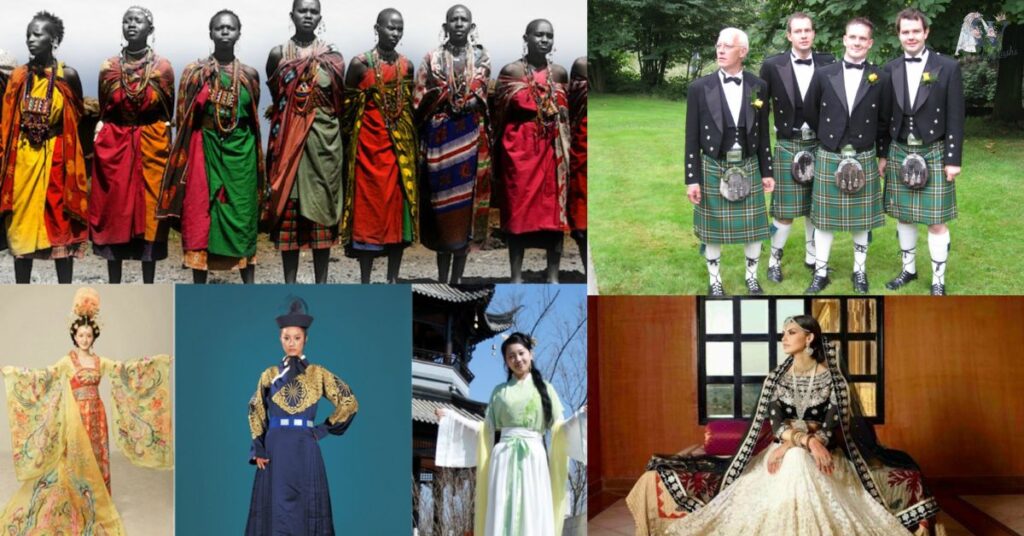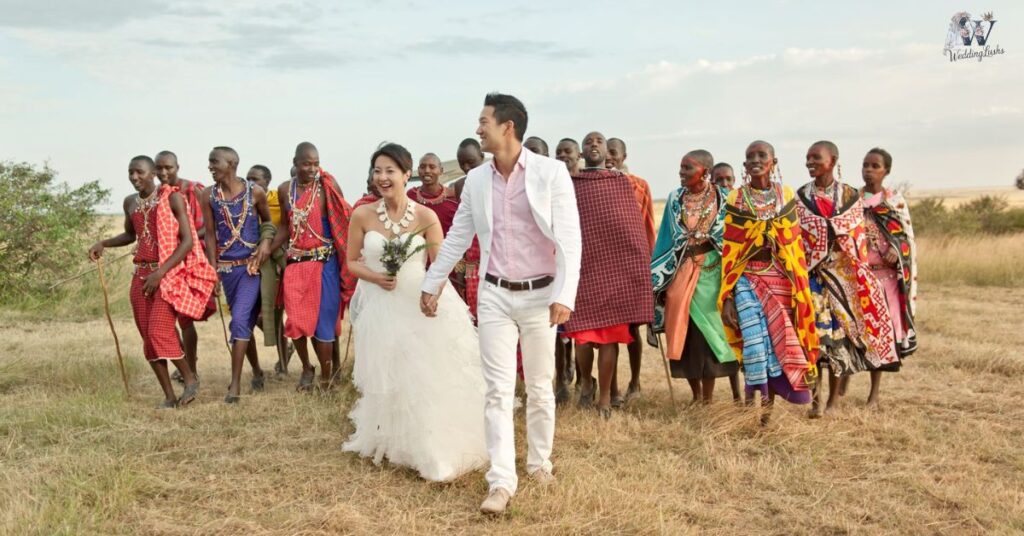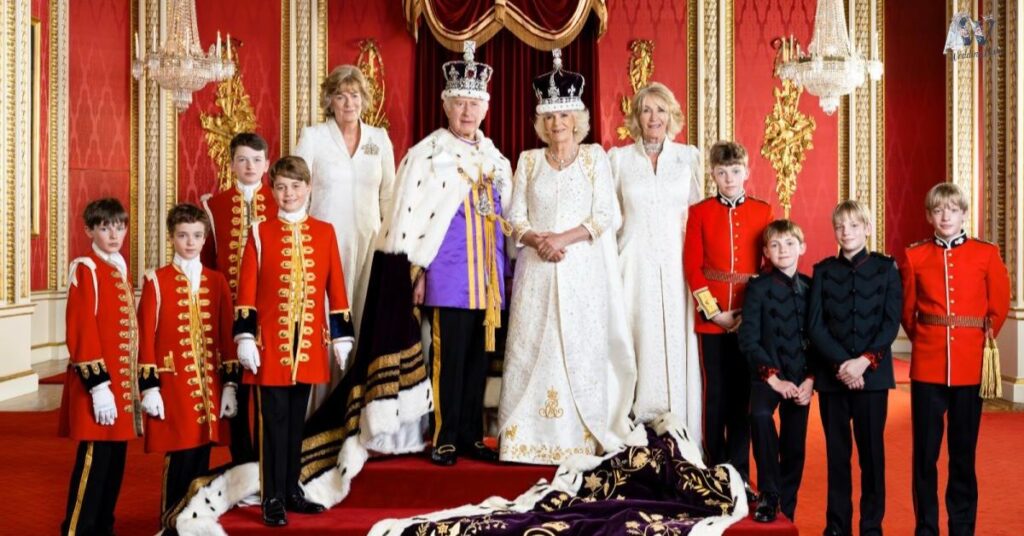Traditional ceremonies and rituals have been an integral part of human civilization since time immemorial. These practices serve as bridges between generations, connecting us to our ancestors while providing a sense of identity, community, and purpose. From birth to death, ceremonies mark significant milestones in our lives, helping us navigate transitions and celebrate our shared human experience.
The Significance of Ceremonies in Human Society
Cultural Identity and Preservation
Ceremonies and rituals are vital repositories of cultural knowledge and wisdom. They serve as living museums, preserving ancient practices, beliefs, and values that might otherwise be lost to time. Through participation in traditional ceremonies, individuals connect with their cultural heritage, strengthening their sense of belonging and identity. These rituals often incorporate elements such as traditional clothing, music, dance, and food, creating a multi-sensory experience that immerses participants in their cultural legacy.
Social Cohesion and Community Bonding
One of the primary functions of ceremonies is to bring people together. Whether it’s a wedding, harvest festival, or religious observance, these events create opportunities for community members to gather, interact, and strengthen social bonds. The shared experience of participating in a ceremony creates a sense of unity and collective identity, fostering social cohesion and mutual support within the community.
Marking Life Transitions
Throughout history, humans have used ceremonies to mark significant life transitions. These rites of passage help individuals and communities navigate important changes, providing structure and meaning to life’s journey. From birth ceremonies and coming-of-age rituals to wedding celebrations and funeral rites, these practices offer guidance and support during times of transition.
Types of Ceremonies Across Cultures

Religious Ceremonies
Religious ceremonies form a significant portion of traditional rituals worldwide. These practices are deeply rooted in faith and spirituality, serving as expressions of devotion and connections to the divine. Examples include:
- Baptism in Christianity: A ceremony marking an individual’s initiation into the Christian faith
- Bar/Bat Mitzvah in Judaism: A coming-of-age ceremony for Jewish boys and girls
- Hajj in Islam: The annual pilgrimage to Mecca, a mandatory religious duty for Muslims
- Puja in Hinduism: Daily or periodic worship rituals performed to honor deities
Seasonal and Agricultural Ceremonies
Many traditional ceremonies are tied to the changing of seasons and agricultural cycles. These rituals often combine practical concerns with spiritual beliefs, ensuring good harvests and the community’s prosperity. Some notable examples include:
- Harvest Festivals: Celebrated worldwide, these ceremonies express gratitude for successful crops.
- Spring Renewal Ceremonies: Rituals marking the end of winter and the return of growth.
- Summer Solstice Celebrations: Ancient traditions honoring the longest day of the year.
- New Year Ceremonies: Often aligned with agricultural or lunar calendars.
Life Cycle Ceremonies
Every culture has developed ceremonies to mark significant moments in the human life cycle. These rituals provide structure and meaning to personal transitions, while also involving the broader community in supporting individuals through change.
Also read this: Ariana Grande’s Wedding Ring: A Symbol Of Love And Luxury
Birth and Naming Ceremonies
Welcoming a new life into the community is universally celebrated, though practices vary widely:
- Naming Ceremonies: Many cultures wait several days or weeks to officially name a child.
- First Haircut Rituals: Some traditions mark a child’s first haircut with special ceremonies.
- Blessing Ceremonies: Religious or spiritual blessings for newborns.
Coming of Age Rituals
These ceremonies mark the transition from childhood to adulthood:
- Vision Quests: Native American traditions of spiritual seeking.
- Walkabout: Aboriginal Australian journey of self-discovery.
- Quinceañera: Latin American celebration of a girl’s 15th birthday.
Marriage Ceremonies
Wedding ceremonies are among the most elaborate and widely practiced rituals:
- Traditional Wedding Attire: Often featuring symbolic colors and designs.
- Exchange of Vows: Verbal commitments made before witnesses.
- Ritual Actions: Such as exchanging rings or jumping over brooms.
Death and Funeral Rites
Final ceremonies honoring the deceased and supporting the bereaved:
- Wakes and Viewings: Gatherings to remember the deceased.
- Burial or Cremation Rituals: Varying practices for handling remains.
- Mourning Periods: Prescribed times for expressing grief.
The Evolution of Traditional Ceremonies

Adaptation in Modern Times
As societies evolve, traditional ceremonies often adapt to changing circumstances while maintaining their core significance. Modern adaptations might include:
- Virtual Participation: Technology enabling remote attendance at ceremonies.
- Simplified Versions: Shortened or streamlined rituals fitting busy lifestyles.
- Hybrid Practices: Combining elements from different cultural traditions.
- Eco-Friendly Adaptations: Modifying practices to be more environmentally sustainable.
Preservation Efforts
Many communities and organizations work to preserve traditional ceremonies:
- Documentation: Recording and archiving traditional practices.
- Education: Teaching younger generations about ceremonial significance.
- Cultural Centers: Creating spaces dedicated to maintaining traditions.
- Legal Protection: Recognizing and protecting ceremonial rights.
The Role of Symbols and Ritual Objects
Common Ceremonial Elements
Despite their diversity, many traditional ceremonies share common elements:
- Fire: Often symbolizing purification or transformation.
- Water: Representing cleansing or new beginnings.
- Sacred Spaces: Designated areas for ceremonial practices.
- Ritual Objects: Specific items used exclusively for ceremonies.
Symbolic Actions and Gestures
Ceremonies often involve specific actions laden with meaning:
- Circular Movements: Representing cycles or completeness.
- Offering of Food: Symbolizing sharing and community.
- Body Postures: Such as kneeling or raising hands.
- Verbal Formulas: Specific words or chants.
The Impact of Ceremonies on Individual and Community Well-being
Psychological Benefits
- Stress Reduction: Rituals can provide comfort and reduce anxiety.
- Sense of Belonging: Strengthening individual identity within a community.
- Emotional Processing: Ceremonies help people process significant life changes.
- Mental Resilience: Regular ceremonial practice can build psychological strength.
Social Benefits
Ceremonies contribute to social stability and community health:
- Conflict Resolution: Some ceremonies include mechanisms for solving disputes.
- Social Support: Communities gather to support individuals during transitions.
- Cultural Continuity: Passing down values and traditions to new generations.
- Economic Impact: Many ceremonies contribute to local economies.
Challenges and Controversies

Cultural Appropriation
The adoption of ceremonial practices by outsiders can be problematic:
- Commercialization: Exploitation of sacred practices for profit.
- Misrepresentation: Incorrect or disrespectful performance of rituals.
- Intellectual Property: Questions of ownership and right to practice.
Balancing Tradition and Progress
Communities often struggle with:
- Modernization Pressure: Adapting while maintaining authenticity.
- Generational Differences: Varying levels of interest in traditional practices.
- Religious Freedom: Ensuring the right to practice while respecting others.
Frequently asked questions
Why are traditional ceremonies important in modern society?
Traditional ceremonies provide cultural continuity and community bonding, offering a sense of identity and belonging in an increasingly globalized world. They help preserve cultural heritage while providing meaningful ways to mark life’s significant moments.
How can young people connect with their cultural ceremonies?
Young people can connect by learning from elders, participating in community events, and exploring the history and significance of their cultural practices. Many communities offer educational programs and youth-focused versions of traditional ceremonies.
Are traditional ceremonies becoming obsolete?
While some ceremonies have evolved or simplified, they remain relevant by adapting to contemporary life while maintaining their core significance. Many people find renewed value in traditional practices as anchors of identity and meaning.
Can anyone participate in traditional ceremonies from other cultures?
Participation in ceremonies from other cultures should be approached with respect, education, and proper invitation or guidance from members of that culture. It’s important to understand the significance and protocol of any ceremony before participating.
Conclusion
Traditional ceremonies and rituals remain vital to human culture, adapting to changing times while preserving essential connections to our shared heritage. As we navigate an increasingly interconnected world, these practices offer grounding, community, and meaning, reminding us of our place in the long chain of human history. By understanding and respecting the diversity of ceremonial traditions worldwide, we enrich our appreciation for the complex tapestry of human culture and the enduring power of ritual to shape and reflect our lives.
